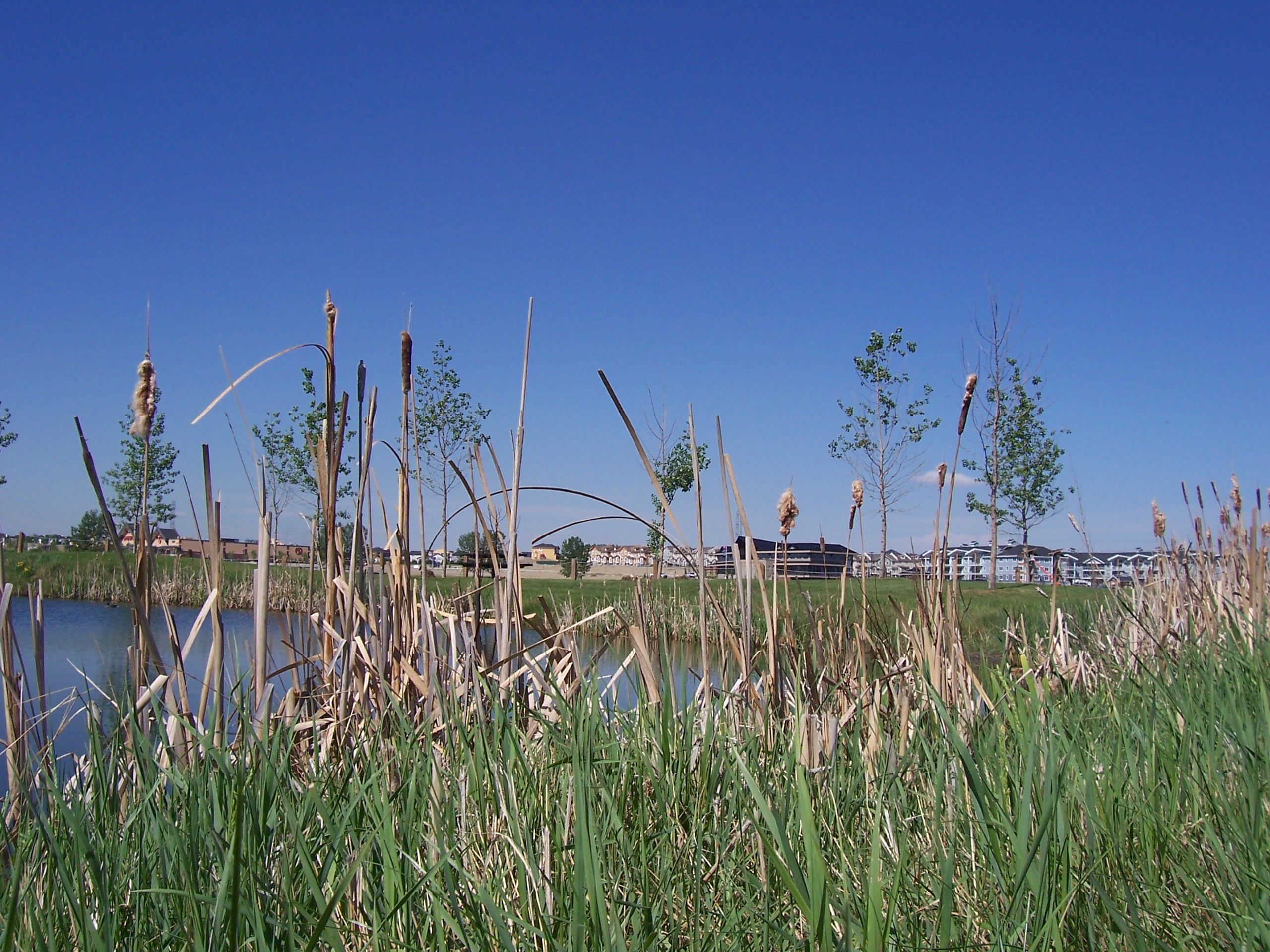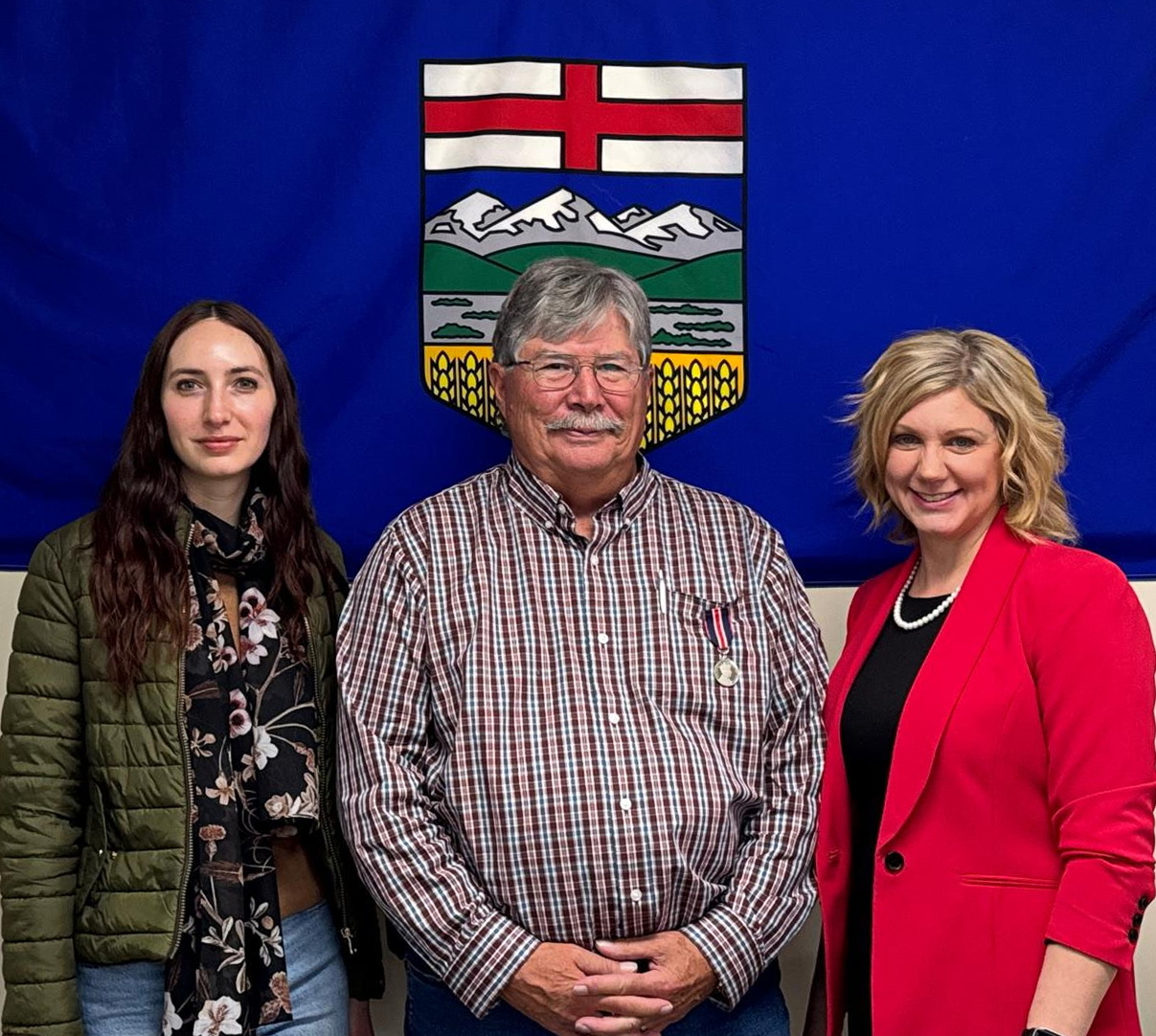Canada’s natural carbon areas could play a role in the country’s strategy to reduce greenhouse gas emissions.
A national report from the Council of Canadian Academies featuring environmental economist in the Faculty of Agriculture, Life and Environmental Sciences, Vic Adamowicz and colleague David Olefeldt, assessed the potential of protecting, restoring, and expanding forests, wetlands, grassland, and cropland.
“It found that not only would such nature-based climate solutions result in a modest drop in annual greenhouse gas emissions, but could also have other environmental benefits,” a U of A press release said.
The report findings suggested there could be a place for nature-based climate solutions in the country’s overall strategy to reduce climate change.
The findings could help inform the federal government’s strategy to cut greenhouse gas emissions to 40 per cent below 2005 levels by 2030, and reach a net zero by 2050, the release said.
“We have to also use other approaches to try to achieve greenhouse gas reduction, but nature-based climate solutions can play an important role,” Adamowicz said.
The report highlighted options, uncertainties, and the challenges of implementing nature-based climate solutions.
Nature-based climate solutions can have benefits, such as flood control, better air and water quality, higher biodiversity, and lower soil erosion.
Implementing the nature-based climate solutions would mitigate approximately 6 per cent of the country’s current annual greenhouse gas emission, the release said.
However, there are challenges such as cost options, policies, income loss, or adverse conditions such as warming temperature and land development, resulting in the release of more greenhouse gas, adding to climate change.
“The potential exists for nature-based climate solutions, but there are both scientific questions and feasibility of implementation,” Olefeldt said.
The report can be used to identify solutions for widespread use in all of Canada, Adamowicz said.
“This might help us take the next steps in creating new policies that are even better at helping restore and conserve wetlands and other ecosystems. Policy and public perception go hand in hand, and one allows the other,” Olefeldt said.
The report also indicated that collaboration between the public and levels of government is needed to implement the natural systems.
“We’re going to need some government programs, policy design, conversations with landowners and work with Indigenous communities to find our way through to programs that will deliver the carbon benefits and keep everyone comfortable with how the programs are working,” Adamowicz said.
Going forward, the next step is to strengthen the science around nature-based climate solutions.
“If we are to successfully implement solutions, we need to conduct more research and do more monitoring of conserved and restored sites, to verify that what we are claiming about carbon accumulation is actually happening. Right now, we don’t have the data at a fine enough scale,” Olefeldt said.
Design and evaluation will help determine the benefits.
“These are natural systems, there’s much we don’t yet know about them,” Adamowicz said. “We have to do a lot of things to get to net zero, and using natural systems is one of the options. It can play a role and generate some co-benefits, so let’s look at it and start choosing the ones that would work well.”









